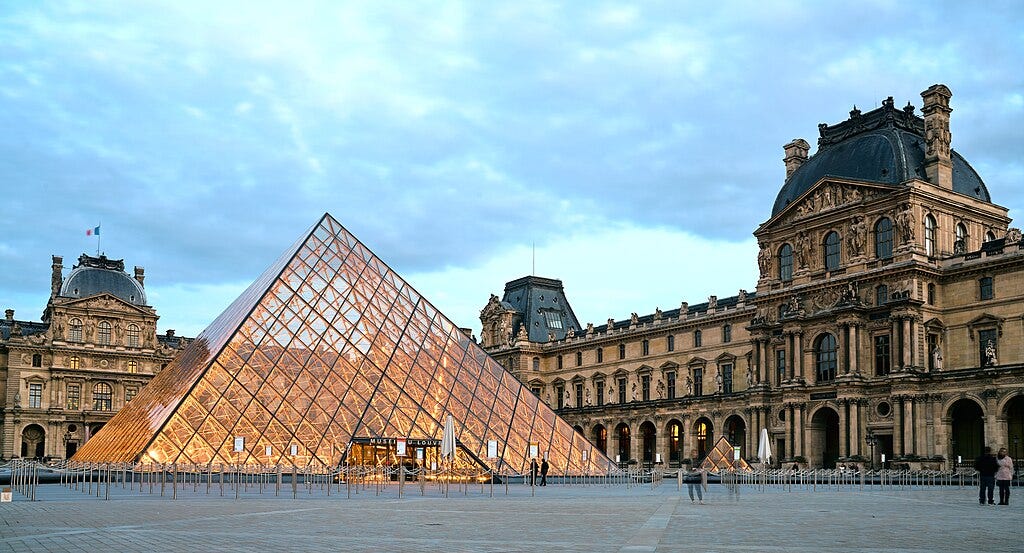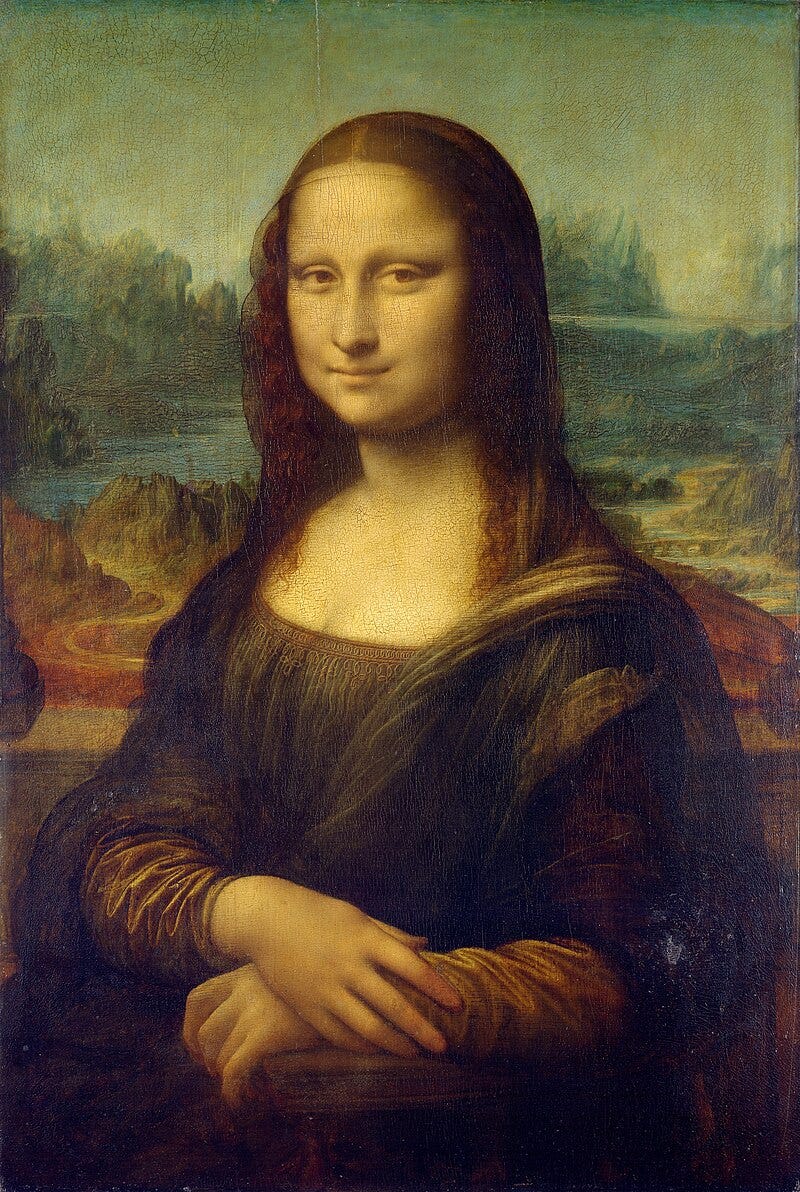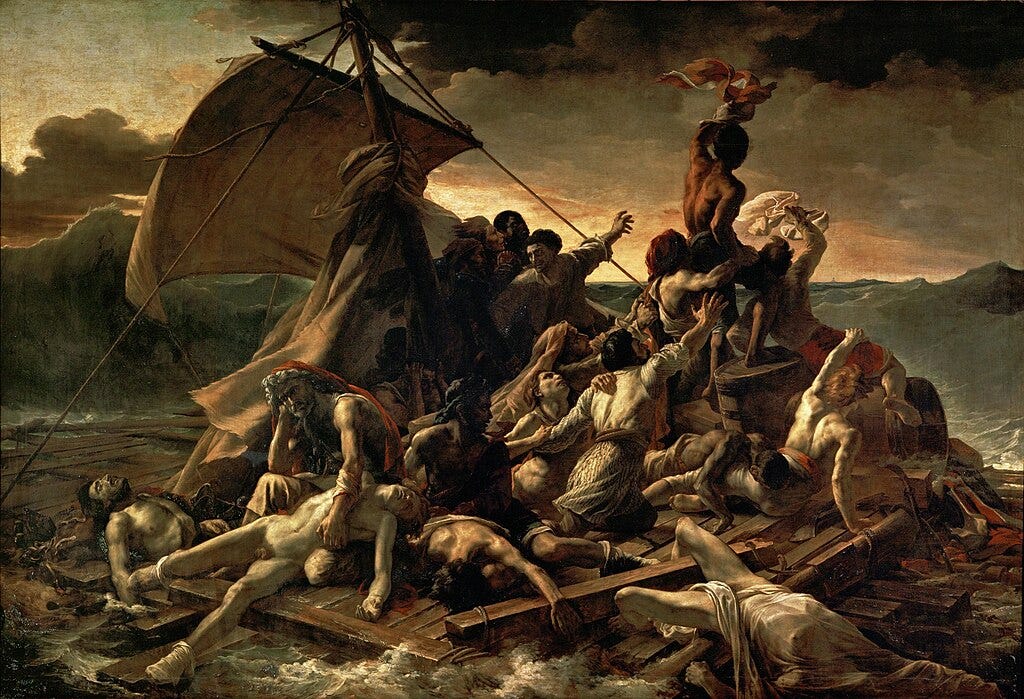30 Masterpieces That Made the Louvre Immortal - A Private Tour
Thirty masterpieces. Thirty moments where humanity reached for immortality and left fingerprints in paint and stone. Walk this path, and you will not leave the Louvre the same.
30 Masterpieces That Made the Louvre Immortal - A Private Tour
The public comes to the Louvre with maps, guidebooks, and a plan.
We’re not doing that.
In The Collector’s Edition, you and I aren’t tourists. We’re walking the Louvre like it’s ours slipping past the crowds, stopping where the stories live. Not just the placard text. The real stories. The thefts, the scandals, the propaganda, the brushstrokes that changed the world.

The Private Tour Begins
Thirty works. Some the size of a wall, others small enough to miss if you’re not looking. They span 4,000 years from pharaohs to French revolutions. Every one of them survived the odds to get here.
This isn’t a checklist. It’s an inheritance. And today, you’re getting the keys.

1. The Mona Lisa – Leonardo da Vinci (1503–1506)
The most famous face in the world wasn’t always famous. Leonardo painted her in Florence for a merchant, Francesco del Giocondo, but kept her with him for years, tweaking and perfecting. When he moved to France in 1516 under the patronage of King Francis I, the painting came with him, quietly slipping into the royal collection.
Her true leap into legend came in 1911, when an Italian handyman named Vincenzo Peruggia hid in a supply closet overnight, then walked out with her tucked under his arm. He claimed he was “returning” her to Italy. The theft gripped the world’s press for two years, making her an overnight celebrity. Since then, she’s been attacked, kissed, and barricaded behind bulletproof glass.
Theories about her smile range from optical illusion to secret pregnancy, even self-portrait. The real secret is simpler: she doesn’t give you answers. She makes you want them.
2. The Raft of the Medusa – Théodore Géricault (1818–1819)
A shipwreck. A raft. 147 people left adrift by their captain. After 13 days, only 15 survived, the rest consumed by starvation, thirst, and each other. This was no distant legend, it was a recent French naval disaster in 1816. Géricault, just 27, turned it into a political grenade.
He didn’t guess at the scene, he interviewed survivors, studied the dead in morgues, and even built a replica raft in his studio. The final painting is massive over 16 feet wide and forces you to confront desperation and hope in the same breath.
Critics were divided: some saw it as a masterpiece of Romantic truth-telling, others as an affront to France’s honor. Today, it stands as one of the rare paintings that can still silence a gallery.


